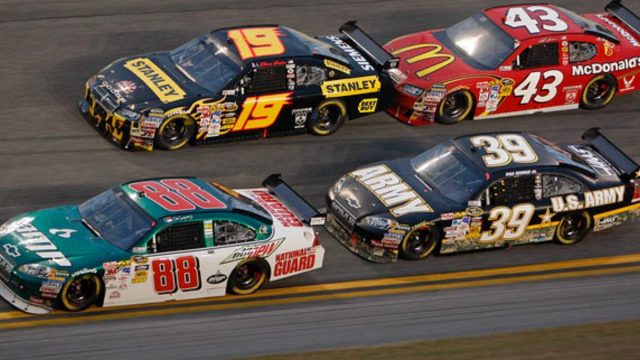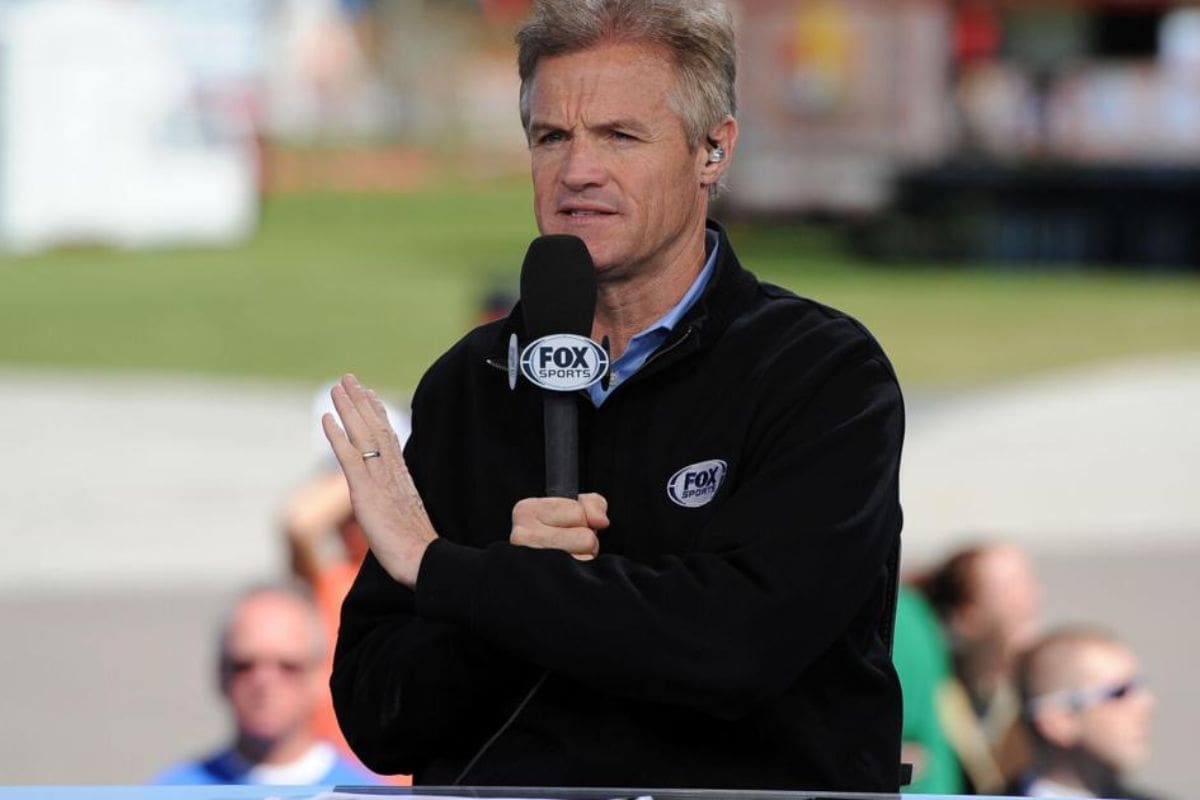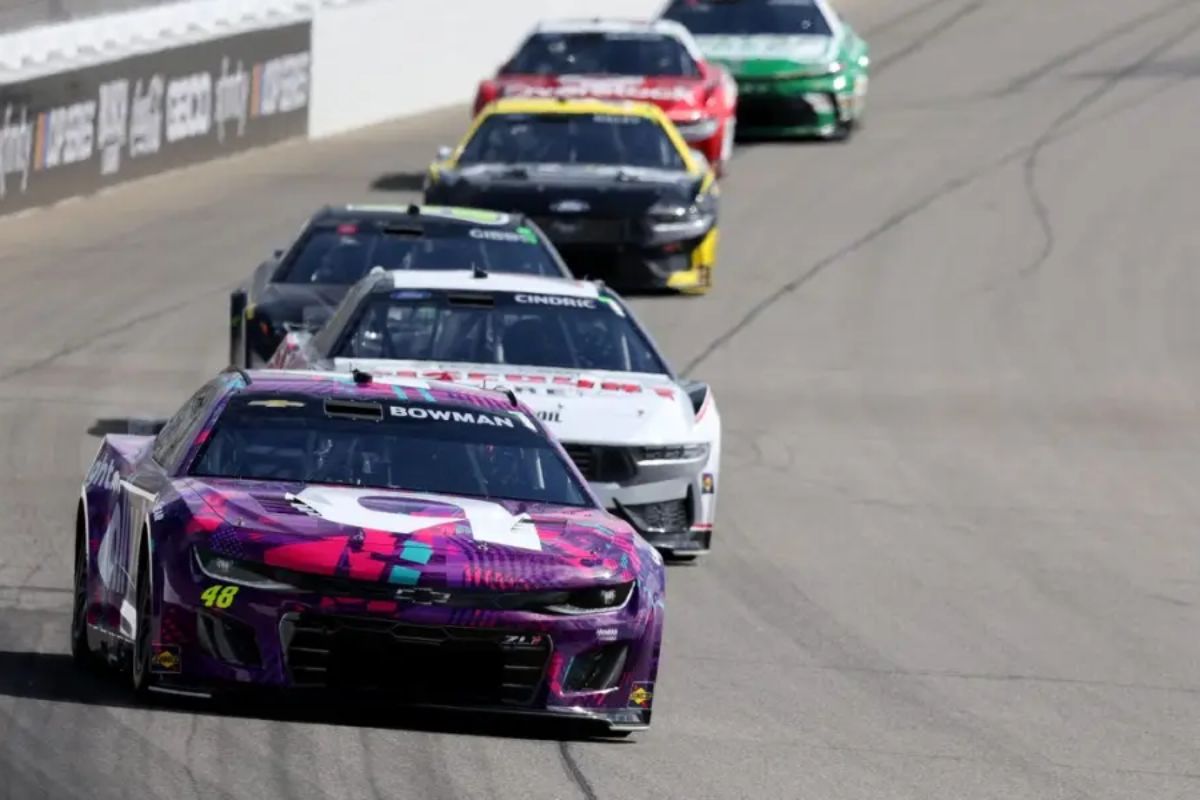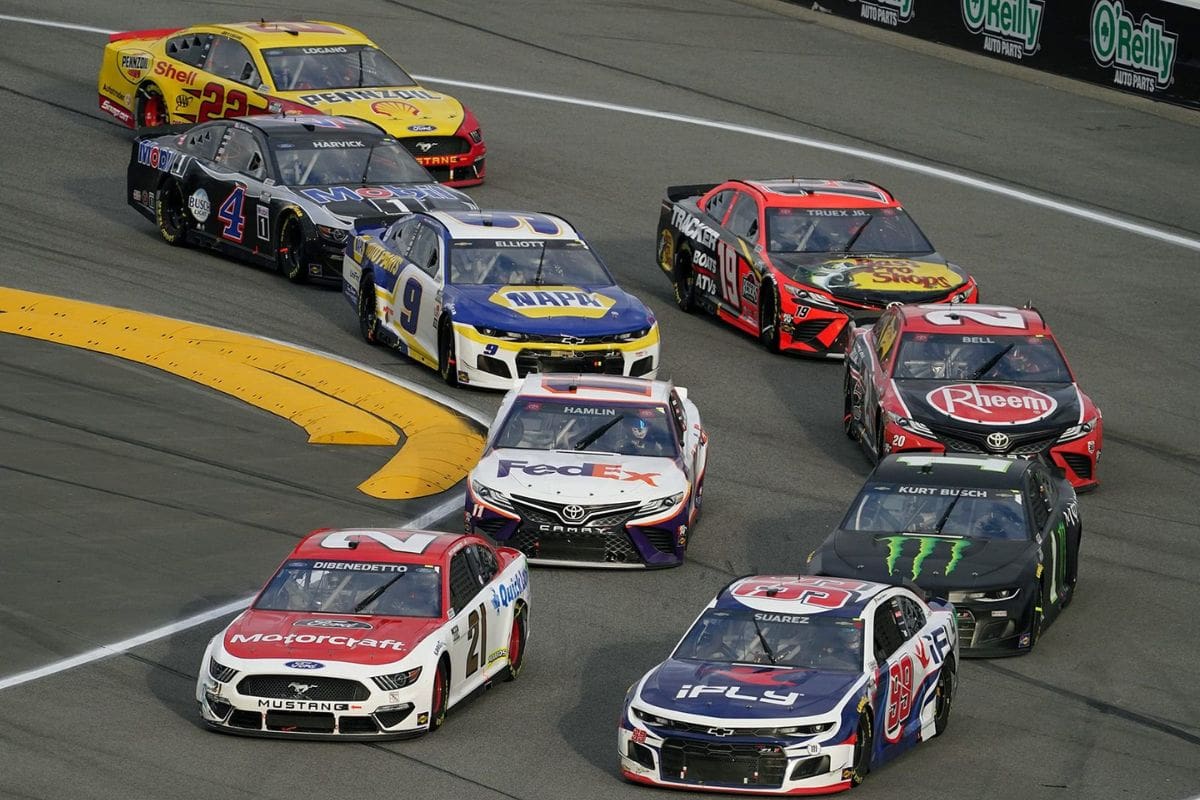Why NASCAR’s New Generation Is Guarding Their Image: Kenny Wallace‘s observations on NASCAR’s new generation of drivers highlight a notable cultural shift in the sport, driven largely by the omnipresence of social media and the urgency of image management. As these athletes navigate a landscape where every comment and action can be scrutinized in real-time, their strategies for personal branding have evolved to prioritize both authenticity and professionalism. This transformation raises critical questions about the implications for individual careers and the broader identity of NASCAR itself. What does this mean for the future of the sport and its connection with fans?
Key Highlights
- The rise of social media has increased real-time scrutiny, prompting new drivers to exercise caution in their public image.
- Traditional media’s decline has shifted focus towards personal branding, requiring drivers to balance authenticity with professionalism.
- Missteps in public engagement can lead to significant backlash, affecting both individual careers and NASCAR’s overall brand reputation.
- The fear of making mistakes often hinders drivers from authentically engaging with fans, impacting their self-promotion efforts.
- Enhanced accountability under public scrutiny necessitates tactical communication strategies for effective image management among new-generation drivers.
Kenny Wallace on New-Age NASCAR Drivers and Social Media
The evolution of public image in NASCAR, particularly among new-age drivers, reflects a profound shift influenced by the omnipresence of social media. Former Cup Series driver Kenny Wallace, with his extensive experience in the sport, provides valuable insights into this transformation. Having retired after a 25-year career, Wallace has witnessed firsthand how the dynamics of public perception have changed, especially in the wake of digital connectivity.
Wallace asserts that contemporary drivers exercise heightened caution in presenting themselves. This vigilance is largely due to the immediacy and reach of social media platforms, which amplify their actions and words, often beyond their control. Unlike the era in which Wallace competed, where traditional media outlets dictated much of the narrative, today’s drivers must navigate a landscape where their every move is scrutinized in real-time.
This necessitates a sophisticated approach to personal branding, where authenticity must be carefully balanced with professionalism.
Moreover, Wallace’s role as an analyst and podcast host allows him to articulate the complexities surrounding this shift. He highlights that while engagement with fans through social media can foster community and relatability, it simultaneously imposes an obligation on drivers to curate their public personas diligently.
Fan Inquiry and Wallace’s Response
As public perception evolves in NASCAR, the dynamics of driver promotion have come under examination, prompting fans to question the engagement strategies of contemporary racers. A fan recently voiced a concern, asking, “Serious question, Herm, why do drivers do little to nothing to promote themselves today? I remember back in the day meeting drivers at business events. Today’s drivers don’t seem to do anything to promote themselves.”
This inquiry highlights a growing sentiment among enthusiasts who long for the more visible, interactive presence of racers in the public sphere.
Kenny Wallace, a seasoned figure in the NASCAR community, responded thoughtfully, suggesting that the drivers’ reluctance to engage stems from fear. “Not sure I do believe they are afraid of making a mistake and being called out,” Wallace articulated.
“Great question. Not sure? I do believe they are afraid of making a mistake and being called out.” Kenny
His perspective emphasizes a notable cultural shift within the sport, where the stakes of public perception have escalated dramatically. The ramifications of a misstep are amplified in today’s online environment, where social media can quickly turn a minor error into a major controversy.
Great question. Not sure? I do believe they are afraid of making a mistake and being called out. https://t.co/9ZF6CpiW5A
— Kenny Wallace (@Kenny_Wallace) August 28, 2024
Wallace’s insights reflect a broader concern about how this fear may stifle authentic engagement, ultimately impacting the sport’s connection with fans. As NASCAR navigates this new terrain, it raises critical questions about the balance between personal branding and the authenticity that fans crave.
Shift in NASCAR’s Promotional Landscape
In recent years, a noticeable transformation has occurred in NASCAR’s promotional landscape, reshaping how drivers connect with their fanbase. The sport, once characterized by intimate promotional events where drivers engaged face-to-face with fans, has navigated a notable shift due to the rise of digital platforms and social media.
This progression has not only altered the dynamics of fan interaction but has also introduced a new layer of accountability. Drivers and teams now operate under a more examined public gaze, where every tweet, post, or statement can rapidly amplify or tarnish their image. The immediacy of social media demands a tactical approach to communication, compelling drivers to carefully curate their public personas.
No longer can they rely solely on personal charm; they must balance authenticity with a keen awareness of the potential repercussions of their words and actions. Moreover, this shift has led to an emphasis on branding that transcends the racetrack.
Drivers are now viewed as multifaceted personalities, requiring them to engage in broader narratives that resonate with diverse audiences. The promotional landscape has transformed into a complex ecosystem where image management and fan engagement strategies are paramount.
As NASCAR continues to adapt to this digital age, the challenge lies in maintaining the sport’s traditional values of accessibility and approachability while embracing an era defined by rapid communication and heightened examination.
Kenny Wallace Reminisces About Racing in Japan and 2025 Schedule Changes
While reflecting on his racing experiences abroad, Kenny Wallace has expressed nostalgia for his time competing in Japan, especially in view of NASCAR’s recent announcement regarding the 2025 Cup Series schedule.
With a renewed focus on international events, Wallace recalls the unique cultural and culinary experiences he encountered during his stint at the Suzuka Circuit in 1996. This era marked a pivotal moment in NASCAR’s history, showcasing the sport’s potential beyond American borders.
@NASCAR in Japan was a wonderful experience for us.
McDonald’s had Rice Burgers. Grocery stores only had sea food. Meat was no where to be found. Most food that was edible came from the ocean. https://t.co/Gyn479hvwO— Kenny Wallace (@Kenny_Wallace) August 29, 2024
As NASCAR prepares for its inaugural race in Mexico City, Wallace’s reminiscences provide a compelling backdrop to the excitement surrounding the upcoming 2025 schedule. He highlights several memorable aspects of his time in Japan, including:
- Culinary Adventures: The prevalence of seafood and unique local dishes, including Rice Burgers from McDonald’s, reflecting a distinct cultural palette.
- Cultural Exchange: Engaging with fans and local communities that exhibited a deep passion for motorsports, enriching the racing experience.
- Racing Atmosphere: The electrifying environment at the Suzuka Circuit, which fostered a sense of fellowship among drivers and fans alike.
- NASCAR’s Global Reach: The potential for NASCAR to expand its footprint internationally, resonating with diverse audiences and enhancing its global brand.
Changes to the 2025 Cup Series Schedule
The 2025 Cup Series schedule introduces notable changes that reflect NASCAR’s ambition to broaden its audience and rejuvenate its racing landscape. A pivotal aspect of this plan is the inaugural Cup Series race set to take place in Mexico, replacing one of Richmond Raceway’s two Cup events. This bold move indicates NASCAR’s commitment to international expansion, tapping into a vibrant market where motorsport fervor is on the rise. By venturing beyond traditional borders, NASCAR aims not only to attract a diverse fan base but also to raise its global profile.
Moreover, the return of Bowman Gray Stadium after more than fifty years marks a notable nod to nostalgia while revitalizing interest in grassroots racing. Hosting the pre-season Clash at this historic venue reflects an understanding of the importance of heritage in motorsport, appealing to both seasoned fans and newcomers alike. The stadium, often referred to as the “Mad House,” encapsulates the essence of short-track racing, promising thrilling competition and an intimate spectator experience.
These changes shows a pivotal moment in NASCAR’s progress, where tradition and innovation coexist. As the series seeks to engage a new generation of fans, the tactical alterations to the schedule highlight an adaptive approach to the racing calendar. By balancing the allure of historic venues with new international opportunities, NASCAR is poised to not only improve its competitive landscape but also to solidify its cultural relevance in a constantly changing sports environment.
News in Brief: Why NASCAR’s New Generation Is Guarding Their Image
The evolving landscape of NASCAR necessitates a tactical approach to personal branding among its drivers, influenced considerably by the prevalence of social media. As public examination intensifies, maintaining a balance between authenticity and professionalism becomes imperative for individual success and the sport’s reputation. This shift reflects broader cultural changes within NASCAR, underscoring the importance of image management in a digitally connected world. The future of the sport will likely hinge on how effectively drivers navigate this complex environment.
ALSO READ: NASCAR Returns to Lime Rock After 14 Years – Truck Series Set for Epic Comeback



